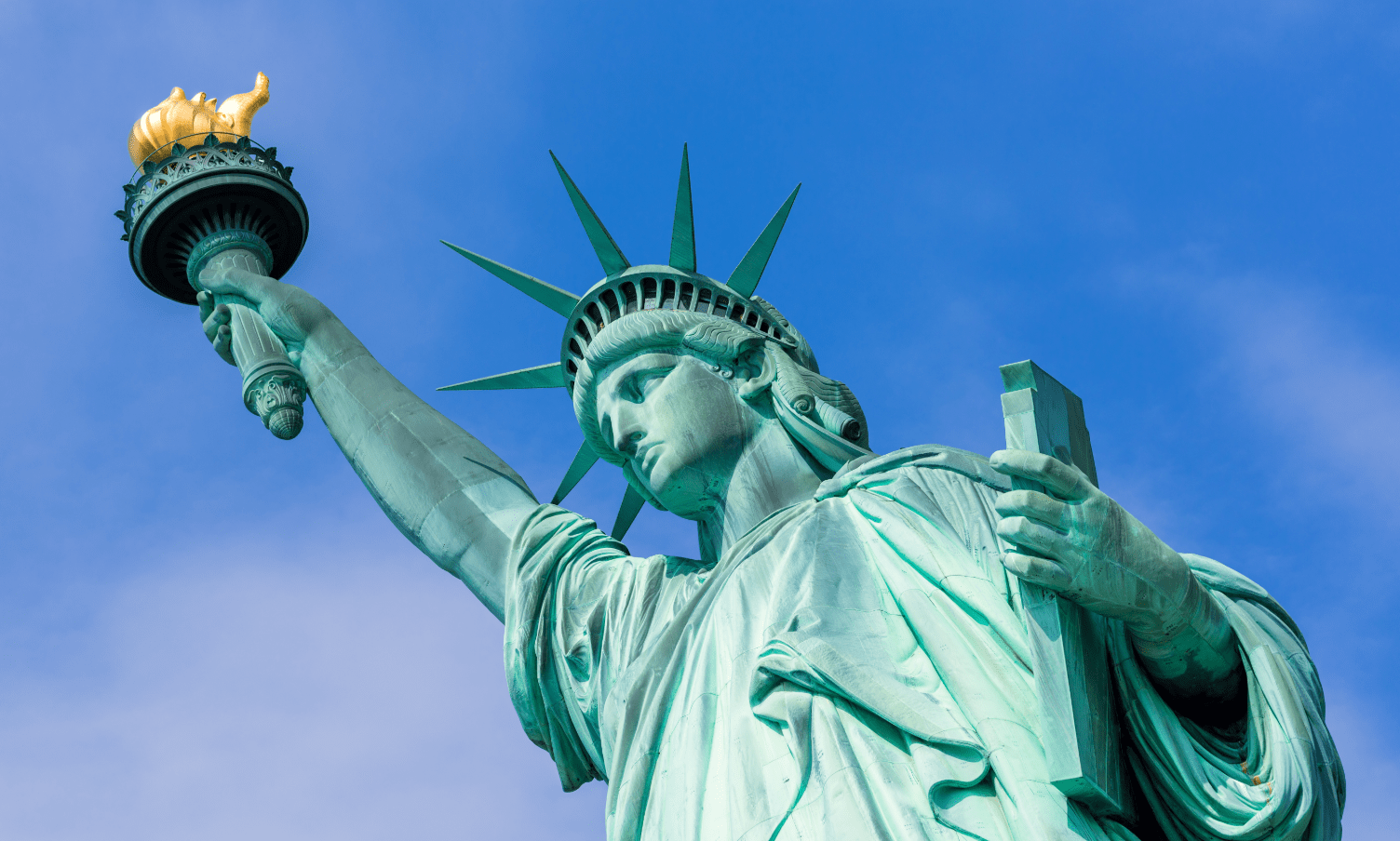While New York’s medical cannabis patient registry increased by more than 23,000 in 2019, growth has slowed significantly because of various market factors leading to a low consumer participation rate.
Less than 1% of New York residents have signed on as medical marijuana patients, due in part to restrictions on cannabis product forms and limited access to dispensaries.
This means further marijuana industry growth in the state likely won’t come without recreational cannabis legalization – a move that many industry watchers suggest could potentially occur soon based on pressure surrounding recent regulatory activity in New York’s neighboring states.
Between January and December 2019, the number of medical marijuana patients in New York’s registry increased by 23,160, or 26%.
This impressive gain is considerably less than the 128% growth in patient count in the state between August 2017 and July 2018.
The Marijuana Business Factbook estimates New York sales for 2019 at $155 million to $190 million – a nearly threefold increase over 2018.
As of Feb. 11, New York had 113,755 patients, meaning 0.6% of the state’s population is a medical marijuana patient.
A proportion under 1% is on the lower end of the participation spectrum. By comparison, Oklahoma has 6.3% participation, and Ohio’s developing market is at 0.7%.
New York’s program benefits from a generous list of qualifying conditions including chronic pain, opioid replacement and opioid-use disorder.
Additionally, nearly 2,700 health-care providers have joined the registry of qualifying practitioners, increasing patient access.
But several factors restrict market opportunity, including:
- Limitations on product form, which excludes smokable flower and edibles – both popular in other markets.
- A low number of dispensaries statewide, with only 37 of the allowed 40 in operation for 0.19 dispensaries per 100,000 residents, far lower than markets in other states – although home delivery is allowed.
- An overall declining state population.
Because the state allows only 10 vertically integrated licenses – all of which have been awarded – business opportunity is limited.
Licensees include several multistate giants such as New York-based Columbia Care, which trades on the NEO Exchange as CCHW; Massachusetts-headquartered Curaleaf, which trades on the Canadian Securities Exchange as CURA; and Illinois-based PharmaCann, which is privately held.
However, future business opportunities in New York could result from recreational marijuana legalization.
Earlier this year, Gov. Andrew Cuomo restated his pledge to legalize adult-use in the state in 2020.
Cuomo’s plans to legalize recreational use did not come to fruition in 2019, but his hand might be forced in 2020 if neighboring states such as New Jersey and Pennsylvania legalize.
All those states want to ensure they are able to capitalize on cannabis tax dollars and associated positive economic impacts.
While a recreational rollout and associated business opportunities would take time to develop, Marijuana Business Daily estimates an adult-use market in New York could eclipse $2 billion in sales annually, depending on the regulatory environment.
Maggie Cowee can be reached at maggiec@mjbizdaily.com







